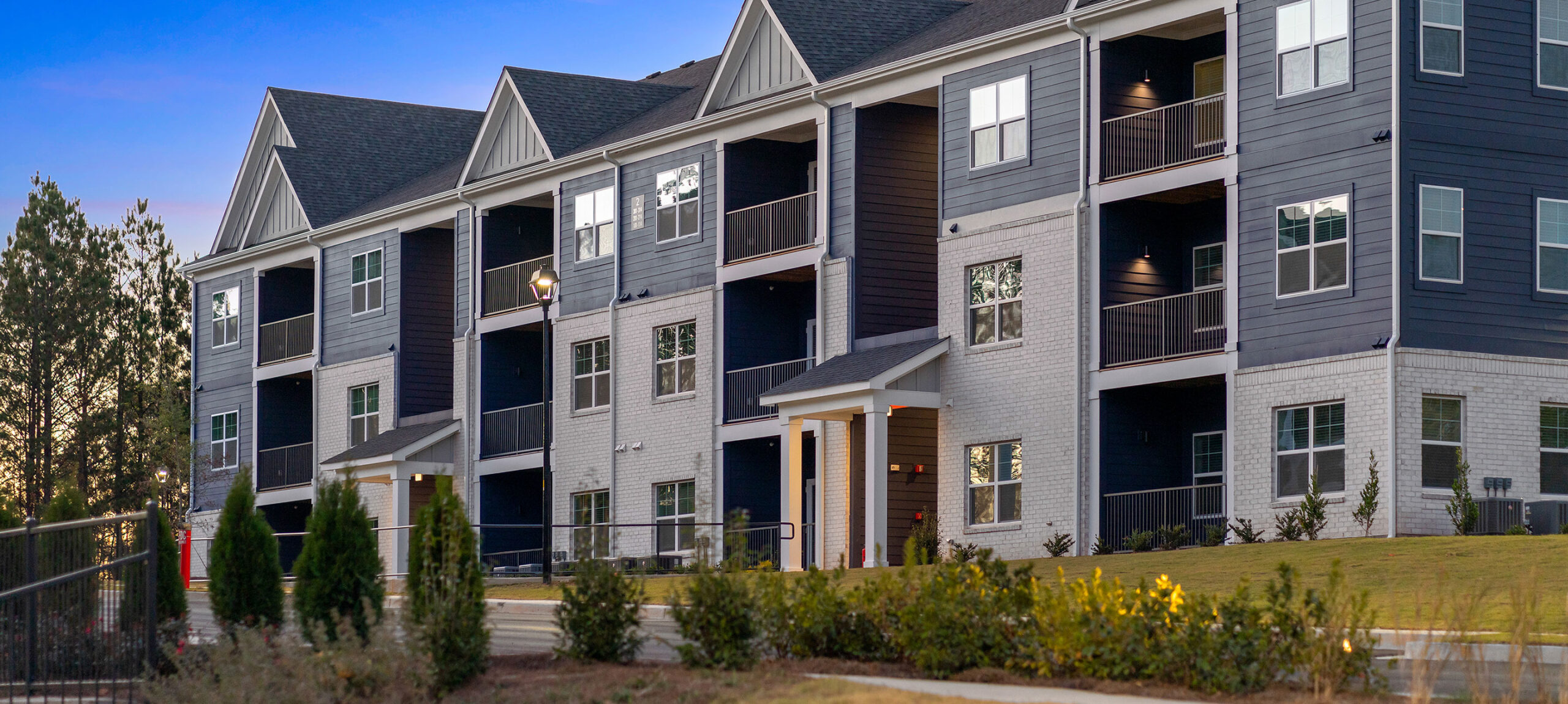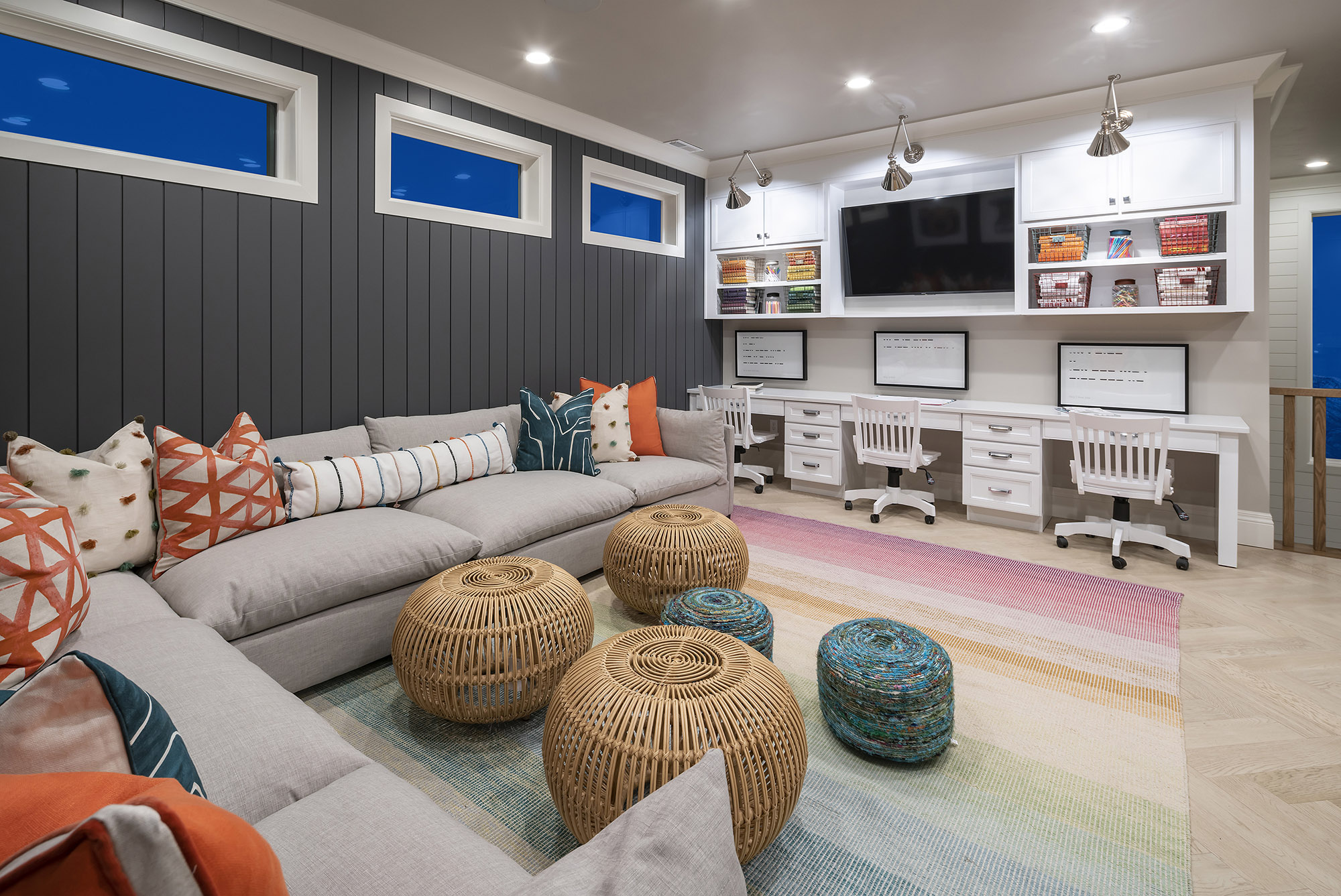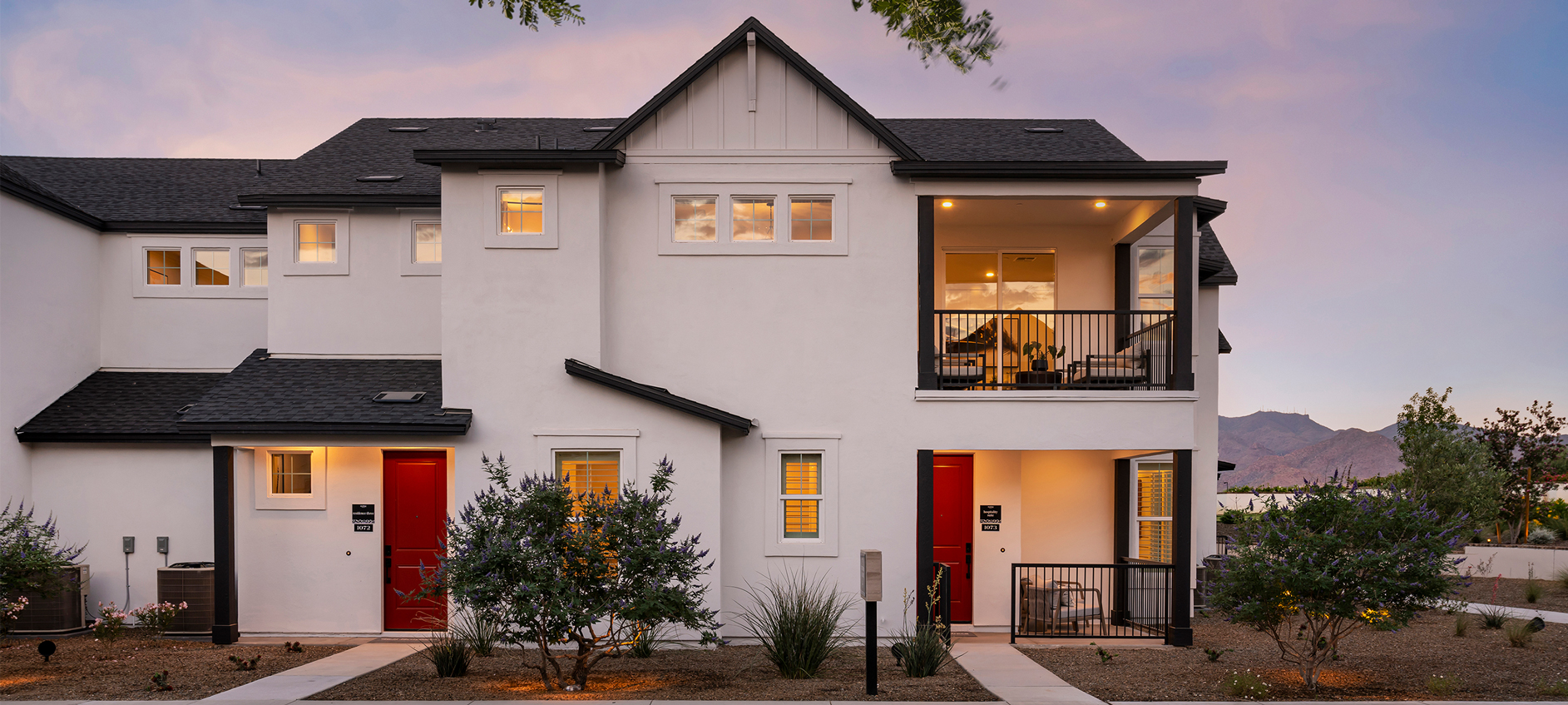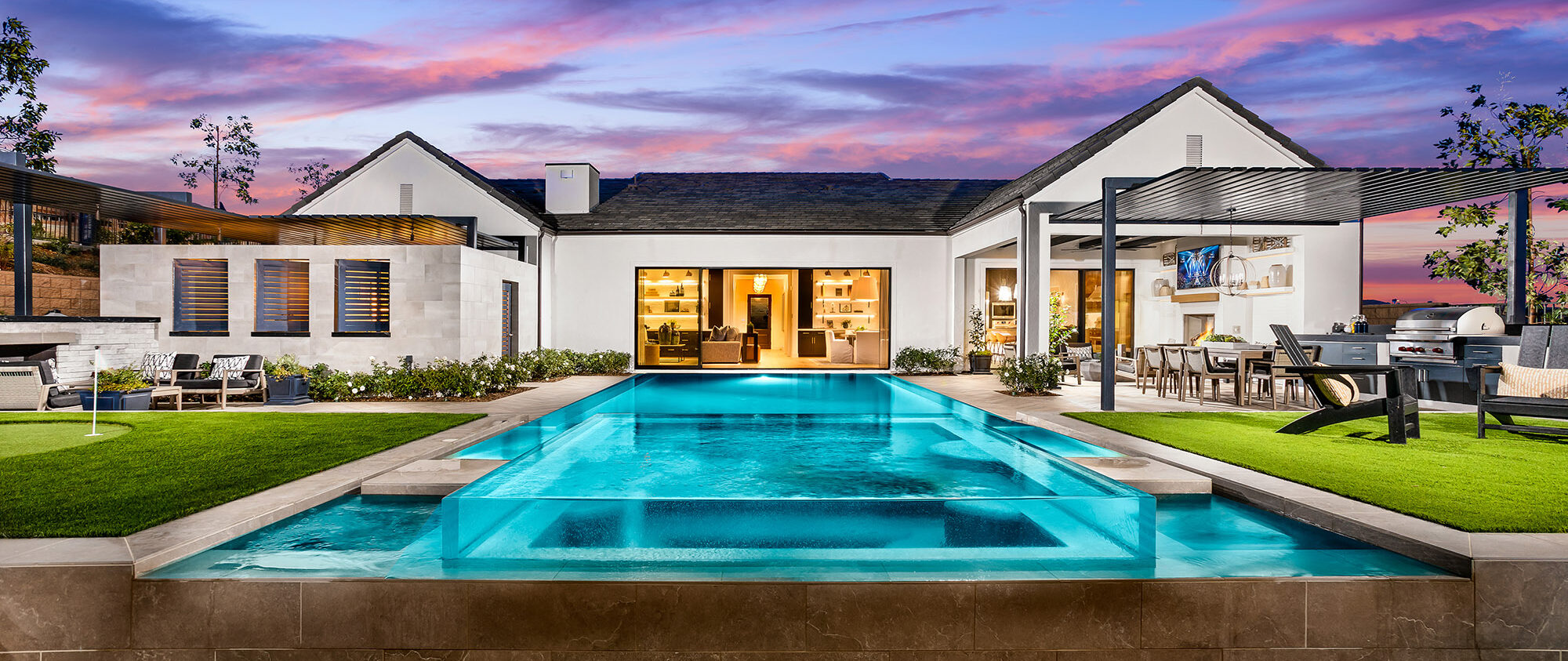As the multifamily industry recalibrates to match shifting demand, garden-style apartments—especially 3- and 4-story walk-ups—are gaining serious momentum. These low-rise communities deliver a winning strategy: Faster approvals, quicker construction times and more attainable rents for markets craving new supply.
WHAT’S DRIVING THE WALK-UP WAVE
Time to Market & Affordability
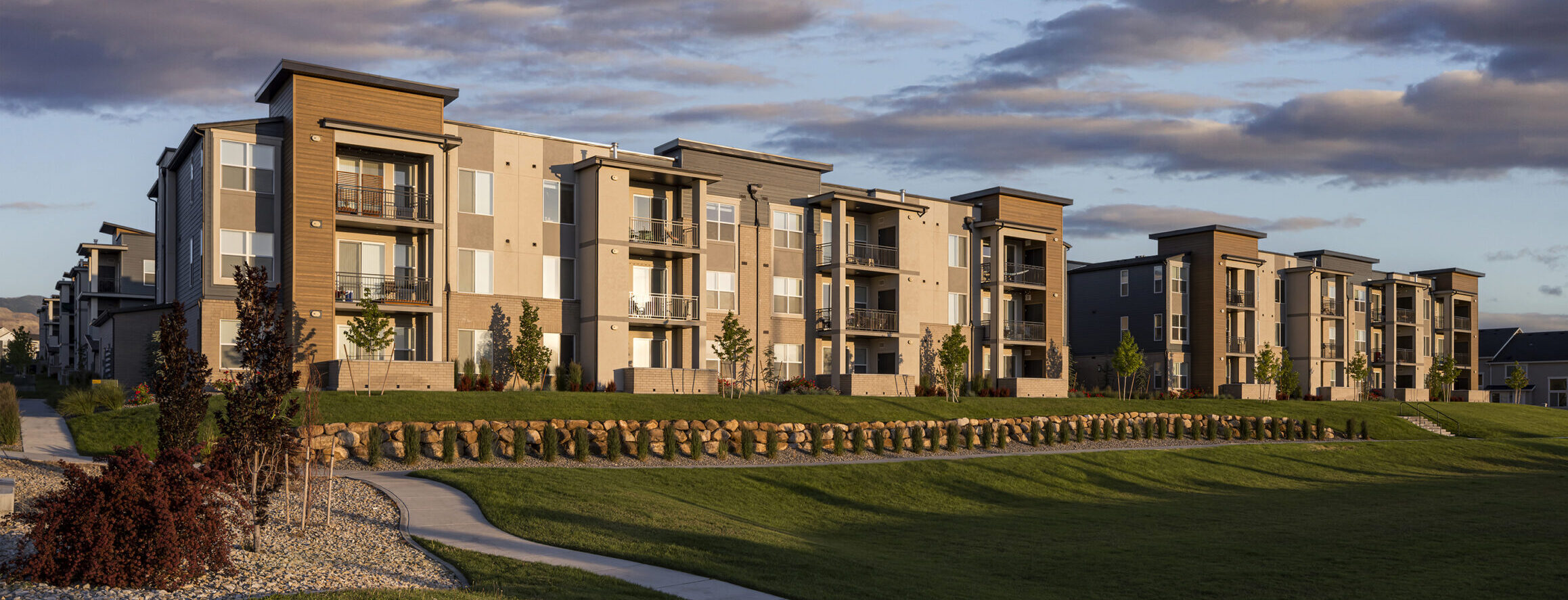
3-story walk-up communities like this one can move through approvals and construction faster, bringing needed units to market more efficiently.
In today’s economic environment, developers are looking to move quickly. Walk-up apartments often sidestep some of the delays that come with mid- and high-rise construction. They’re efficient, replicable and easier to entitle, particularly in edge-of-metro markets with lower density zoning.
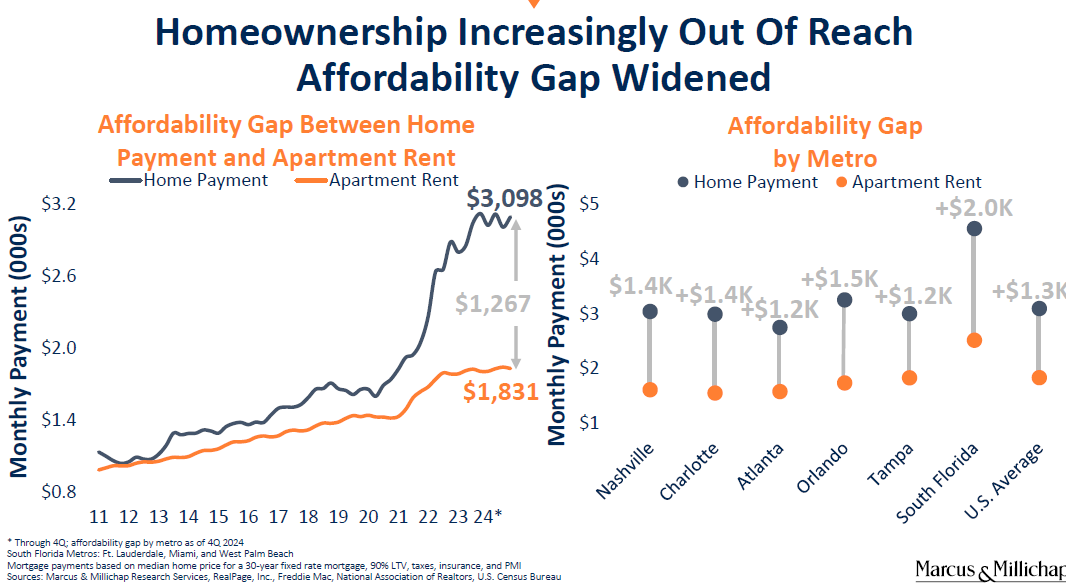
With the affordability gap between homeownership and renting now exceeding $1,000 per month in many markets, walk-ups offer a financially viable solution. They deliver the right unit mix at the right price, especially for renters priced out of single-family homes but still seeking a quality place to live.
Suburban Edge Sweet Spot

Walk-ups thrive in urban-edge locations where demand is strong, but zoning doesn’t support high density. These are often fast-growing suburban corridors or secondary cities where land is more available and approval processes are less rigorous.
Lower density and scale make them less disruptive in residential settings, helping ease community resistance and speeding up approvals. Paired with pocket parks and amenity buildings, garden apartments offer a compelling lifestyle opportunity. And with job and population growth continuing in high-demand locations, housing needs are rising, too.
Closing the Supply Gap
New multifamily construction has declined 41% year-over-year. That construction slowdown is creating a widening gap between supply and demand—one that walk-ups are uniquely positioned to help fill.
With more renters staying put and new units harder to come by, vacancy rates are tightening and rent renewals are leading growth. Developers who can deliver units faster will be at a clear advantage.
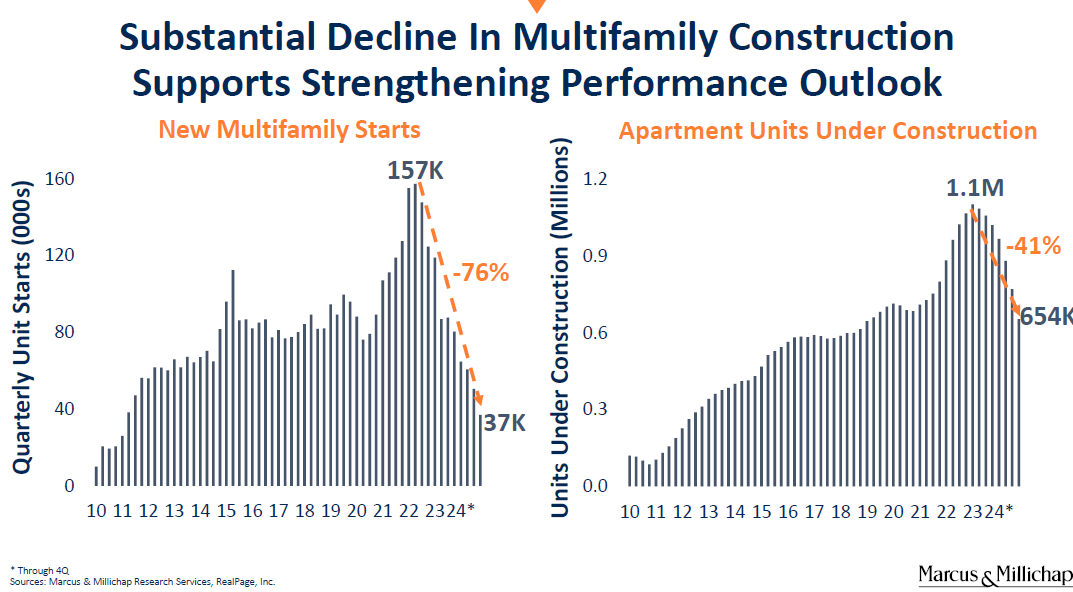
Winning Strategy for Today’s Challenges
Walk-up apartments aren’t a flash-in-the-pan solution—they’re a resilient product type with lasting appeal. They’re flexible, repeatable and cost-effective to build, with a scale and character that blends into a wide range of communities.
As developers look for ways to move forward in a challenging market, garden-style walk-ups are a smart, strategic next step.
